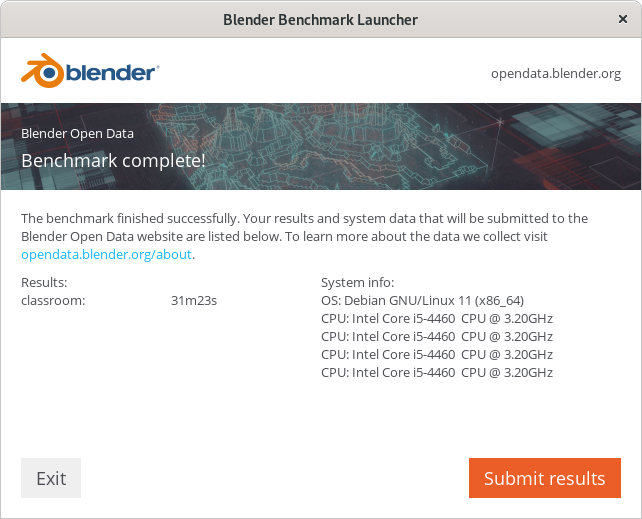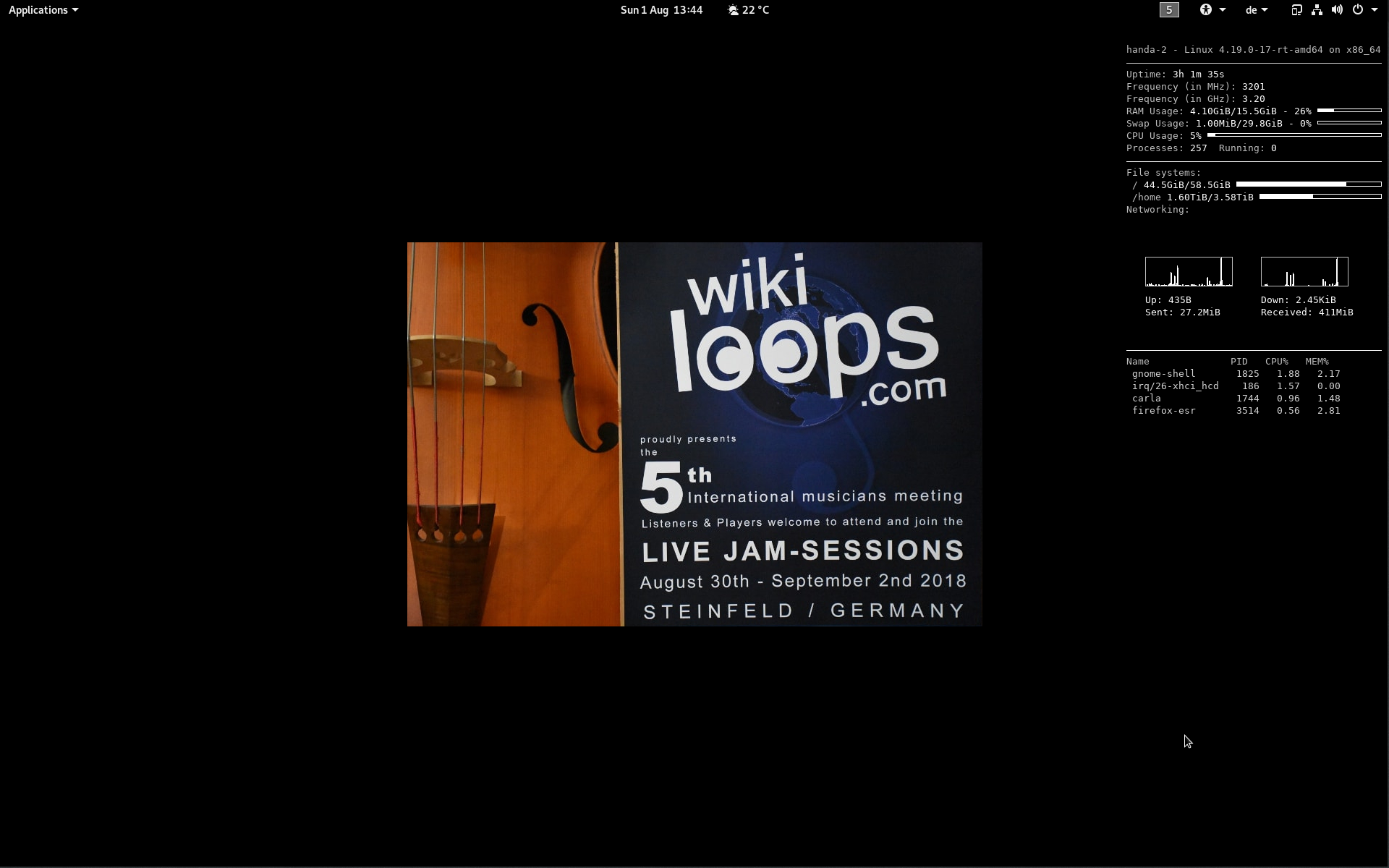Just a remix for a wonderful duo (Carlomac and Shi):
Thanks to Carlomac and to Shi for their wonderful track, thanks to Richard and to the whole Kaiser family for Wikiloops, and thanks to you for listening 🙂

Music. Photography. Thoughts.
Can’t make this public on YT due to negotiations with the BBC – but I can still use it on my private blog as they confirmed…
…so thanks go out to Dr.Whom for his awesome composition, to Shi for the lyrics and for her sweet vocals, and to the BBC Cymru for providing us with such great shows.
The video mainly shows my desktop with the free and open source Ardour DAW (digital audio workstation) running, but also provides some images and videos by the BBC:
Original audio is on Wikiloops. Enjoy, and thanks for reading, and for listening and viewing.
(Another four and a half billion years, as “Clara” says here, and I will still love this song. “Love is eternal”, as Shi sings…) 🙂 <3
Look what Martina did:
What a fun project, and awesome result. And a million views on Youtube in just ten days, I hope they’ll have lots more…
In regards of space I’m a bit restricted, and so my thoughts about computers and cases to put them into lead me to Mini ITX, and to a case which was introduced last year and which immediately became one of the favourites in that size and price class, the CoolerMaster NR200P. Here’s Leo from Kitguru reviewing it:
You can also read their/his written review here in case you want to know more.
As you could see in the review video, my current drives – one 2,5″ SSD and one 3,5″ hard disk with 4TB – the same Leo was showing – both fit nicely. Plus modern mainboards all have space for one or two M.2 SSD drives which are even faster anyway, and the case could even take two more 2,5″ SATA SSDs behind the front plate – that’s 6 drives overall, surely more than enough storage options.
Of course one should also try to save some space with choosing components wisely, so as a power supply I’d take Corsair’s smaller SFX ones, the ‘Platinum’ specced ones have a set of nicer braided cables compared to the ‘Gold’ rated ones. Without ever planning to add a graphics card, a 450W model would be more than enough, if you want to keep the possibility to add a medium- or high powered graphics card later on, there are also models with 600 or with 750W available. Remember, the high powered system Leo was building there drew some 500 Watts from the wall socket when stressing it out, both CPU and GPU alike. For me, that would rarely to almost never happen… so what about cooling?
I’d go with air cooling with a Noctua L12S low profile top blower cooler. I’d never overclock a system, so that should be just fine for a CPU with a TDP of around 65W like the AMD Ryzen 5 5600G (6 Core / 12 Thread), the Ryzen 7 5700G (8 Core / 16 Thread) or a comparable Intel Core i5-10400 (not the “K” versions which take lots more power). Learn more about such coolers from Machines & More:
In case you also take low profile (or JEDEC-compatible) RAM which isn’t higher than 31,25mm, you could even let the cooler’s fan *under* the heat sink if you so desire, although these tests showed that it’s performing a bit better if you have the fan on top of the heatsink.
So for RAM a kit of 2x8GB or 2x16GB DDR4-3200 from Corsair (“Vengeance”) would be cool and wouldn’t restrict your mounting options.
For the main board, I’d go with Asus, but Gigabyte is also a good option and maybe a bit cheaper. Even MSI has a nice board, for AMD CPUs I’d take one with a B550 chipset, for 11th gen Intel chips a Z590 one.
All of the mentioned CPUs have graphics built right in, so you won’t have to overpay for graphics cards (only gamers would want these anyway, you can cut movies or “develop” photos without a dedicated graphics card just fine).
That would be cool machines, and maybe I’ll build one of these for a relative soon.
Oh, and a propos benchmarking: my own current system which is quite old already, and still has a 4th gen Intel Core i5 was behaving quite nicely when I stressed out its CPU with the Blender render “classroom” test:

As you can see, CPU average temperature was 41°C, max was 52°C, and the system was drawing about 72 Watts from the wall socket while doing this. Of course this took quite a while:

Over 31 minutes is slow, a more modern machine and chips like the ones mentioned above should do the same in about 8-10 minutes. And while they might draw a bit more power, they’d still do it in about a third to a quarter of the time, which makes them much more efficient in case you need that power…
As always, thanks for reading.
Before I forget it – every newly published album becomes ‘album of the day’ on Wikiloops, and so did my latest one today:

Go and listen to it if you like. And thanks for reading, and for listening, or even downloading. Thanks to Richard, and to Wikiloops and its musicians and supporters for making this possible.
Just published a new album on Wikiloops, and here’s its front cover from Flickr:
Photo: “Photo of Woman Sitting on Chair”, Jorge Fakhouri Filho
https://www.pexels.com/photo/photo-of-woman-sitting-on-chair-2530717/
As always, thanks to my friends on Wikiloops, and to Richard & family. Thanks to you for listening, downloading, and so on… hope you’ll like it 🙂
Sharing a Youtube video from 2012 here:
Like Dick & Mr. Baer said, you’re invited – and it’s free. Join us, it’s fun! 🙂
After trying out the new and upcoming artwork for Debian 11 “Bullseye” on my desktop (see my last post), I downloaded the poster art for the last Wikiloops member’s meeting in 2018, and tried that – and so this is how my desktop looks right now:

Fits, because first I’ve been there (which was great), and second I’m a bass player… 🙂 So thanks to Dick for providing this – and thanks to you for viewing/reading, as always.
One of the neighbours’ cats just walked over my notebook, pressing the key combination to take a screenshot. So he’s an IT cat… interesting…
… and yes, we’re open for visitors. Both human & feline… 🙂

As always, thanks for reading 🙂
Some fellow musician in Wikiloops asked about output levels of songs, and how to get these. I tried to answer it to my best knowledge, and also explained how *I* do this using Ardour. Since version 6.3 of Ardour there are two ways to export to a certain loudness level, and I hadn’t fully explained that before, so I did it now – and made a short howto video about it:
In case that is useful, I’m glad that I could help. And as always, thanks for reading, and watching/listening.